Ancient Sumerian Cosmology: Order out of Chaos
What about the creation myths of the Babylonians and Sumerians then? This was the next step of Charlie’s journey to get a better understanding of how man’s quest for understanding the nature of the universe and mankind’s place in it evolved. After looking at the cosmology and mythology of the Ancient Egyptians and Greeks, he was stuck somewhat trying to connect the dots of these ancient cultures, and what lines that could be drawn between them if any. Clearly there was trading and cultural borrowing going on, this was confirmed from both the archeological record directly as well as the written record, albeit somewhat indirectly in the latter case[1]. In order to get a better view of how all of these ancient Mediterranean civilizations perceived reality and man’s place in the world, and how they influenced later thought and civilization, he knew that the Sumerian/Babylonian culture could not be ignored.
He hadn’t studied the ancient Sumerian civilization all that much in his Ancient Studies classes at University all that much, the topic being a bit more esoteric than the study of the Ancient Greek or Egyptian cultures. Where he had run into references to this culture was where everyone else did, their contributions to the creation of the first known writing system, namely cuneiform.
Archeologists had found cuneiform tablets from as early back as 3400 BC, roughly corresponding to the advent of civilization in Ancient Egypt, and the last known cuneiform tablet is from the latter part of the first century AD. So this dead language, or script, was actually in use for around 4000 years of ancient history and during that time was adapted to support the inscription of a variety of spoken languages, ranging from Akkadian[2] and Hittite tongues, to of course the better known Sumerian. It is also a commonly held belief that cuneiform inspired several other alphabet systems that followed it, the Ugaritic and Old Persian alphabets for example. Cuneiform writing was gradually replaced by the Phoenician alphabet however and by the 2nd century AD, the script had become all but extinct.
Cuneiform was represented by what archeologists and historians called wedge shaped markings, referring to the method and look of the markings as they were born out on the clay tablets that they were carved on. The Babylonians used a stylus that looked something like a chopstick with a sharp edge at the end to carve the characters and symbols onto the clay. (Charlie couldn’t help but think of the chimpanzees using their sticks to grab ant collections from holes in the earth and trees for food whenever he thought of the ancient Sumerians writing on clay tablets.) The wedge shaped characters are where the name of the ancient script got its name in fact, wedge in Latin was cuneus.
The cuneiform script, was made up of a combination of logograms or ideograms (kind of like the first hieroglyphs were where the characters were picture based and represented whole words or ideas), along with phonetic characters or characters that represented sounds sort of like our alphabet. With these building blocks, ancient Sumerians and Babylonians were able to express themselves in broad array of subjects: from mythology to personal narratives, to legal texts, and scientific works, and even correspondence and letters of sorts.
Charlie had very quickly jumped into the world of new material here, but the area of research was the same. In order to understand an ancient culture, he knew you had to look at the archeological record along with the extant literature (in translated form of course) and get a sense as to the culture and its history and the belief systems of its people in as holistic a sense as possible. Unlike the Egyptian cultural remnants, from Ancient Sumer there were actually some extant clay tablets that had almost complete versions of their creation myths so this was the first place for him to turn.
But it was the cosmological mythology of the Ancient Sumerians and Babylonians that interested Charlie, and he found the reference to the creation myth tablet fairly early on in his research, the Enuma Elis[3] it was called. The myth was named after the first two words of the first clay tablet in the set that made up the myth of creation. The complete story was recorded on 7 clay tablets, was about a thousand lines, and was recorded in Old Babylonian, or Akkadian.
According to most scholars, Enuma Elis represented the primary source of creation mythology and cosmology of the Babylonians and therefore seemed as good a place as any to start as any from Charlie’s perspective. Although a work of mythology for sure, the Enuma Elis had a strong political angle though as well, as it was intended justify the supremacy of the Babylonian God Marduk above all other Mesopotamian gods.
The Enuma Elis, loosely translated into English as something like “when on high”, begins with:
When the sky above was not named,
And the earth beneath did not yet bear a name,
And the primeval Apsû, who begat them,
And chaos, Tiamat, the mother of them both,
Their waters were mingled together,
And no field was formed, no marsh was to be seen;
When of the gods none had been called into being.[4]
At the very beginning of the epic poem then, you have the establishment of the two primordial forces from which creation began. You have this chaos, or ocean, which is what Tiamat represents, the female creative aspect of Universe, and Apsu[5], the spring of life, or the male aspect of the Universe upon which a female force must exist and conjoin with in order for the world to come to be. These two primary entities or forces become the source from which all the other major gods and goddesses emanate, and from which the earth, sky, sun, moon and stars are created.
Furthermore, the epic poem relays the story of the struggle between the begetter gods of Apsu and Tiamat[6] and their offspring, a struggle which culminates in their ultimate destruction and the establishment of the world order under the god, Marduk. Marduk in Sumerian tradition is accredited with the establishment of the calendar and the organization of the planets and the stars, and is in charge of regulating the cycles of the sun, moon and heavens; akin to the principle of maat in Ancient Egyptian culture.
[Marduk] crossed heaven, he contemplated the regions thereof.
He betook himself to the abode of Nudimmud (Ea) that is opposite to the Deep (Apsu),
The Lord Marduk measured the dimensions of the Deep,
He founded E-Sharra, a place like unto it,
The abode E-Sharra, which he made to be heaven.
He made the-gods Anu, Bel and Ea to inhabit their [own] cities.
He appointed the Stations for the great gods,
He set in heaven the Stars of the Zodiac which are their likenesses.
He fixed the year, he appointed the limits thereof.
He set up for the twelve months three stars apiece…[7]
Although Charlie could see some parallels with Ancient Egyptian creation mythology, there were some marked differences as well. The importance of the Sun God in the Egyptian mythos for example, was unique to the Egyptians. The sun played a primary role in Egyptian civilization and mythology, most probably due to their proximity to the desert and the prominence of the sun in their daily lives and their ultimate reliance on the sun for sustenance. But both traditions had personified this establishment of order, the Maat of the Egyptians and Marduk in the Sumerian tradition, and the concept that an anthropomorphic god was required in order to establish this order was also prevalent in cosmological traditions.
You also had this primordial substance, or chaos, from which all the later gods and known universe originated from, a principle that was very much associated with water – the Nu of the Egyptians and the Apsum of the Sumerians. Water was clearly very much related to the source of life to these ancient peoples as well, and that was reflected in their mythos.
You also could see a consistent purpose that sat behind the creation myths of the Egyptians and Sumerians, the need to establish the preeminence of the one ruler of society as manifest in one chieftain or ruler, or one God who was the most powerful over all the other gods upon which the ruler of the civilization’s authority rested. This theme was certainly there in both cosmologies, a practical or political component to the creation myths as it were. Ancient cultures were certainly marked by a priesthood class that was legitimized by mythology and which underpinned the rule of those in power[8].
For in Ancient times, and certainly with the Sumerian and Egyptian civilizations, rulers relied on the priesthood and their affiliated rituals and mythology to reinforce the basis of their power and authority. This divine authority was much more clearly established with the Egyptians, with their pharaohs, but there were strong elements of the divine authority of some of the most powerful of the Sumerian rulers as well[9].
You couldn’t really draw parallels to the male and female aspects of creation, at least not how Charlie interpreted the mythos of the two cultures, but you could draw some overall parallels with respect to the one single originating force from which sprung all creation and to which all creation must devolve eventually[10]. The Egyptian mythology and cosmology had a much more cyclical nature, but Charlie thought that perhaps this was because it was a culture that sprung out of the desert, where the Sun and the annual flooding of the Nile had this core, primary significance to the survival of the culture. For the Tigris, Euphrates valley had its flooding, and clearly there was a concept of the water of life principle, but their mythology was less marked by the cycle of the daily pattern of the sun, and the cycles of birth and death, than the mythology of the Egyptians.
[1] The tradition of Hermes Trismegistus for example.
[2] Akkadian (aka Assyro-Babylonian) is an extinct Semitic language that was spoken in ancient Mesopotamia. The earliest attested Semitic language, it used the cuneiform writing system derived ultimately from ancient Sumerian, an unrelated tongue. The name of the language is derived from the city of Akkad, a major center of Mesopotamian civilization.
[3] The Enûma Eliš exists in various copies from ancient Babylon and Assyria. The version from Ashurbanipal’s library dates to the 7th century BCE. The composition of the text probably dates to the Bronze Age, roughly 18th to 16th centuries BC, although some scholars favor a later date of ca. 1100 BC. For a good translation of the text with notes see http://www.sacred-texts.com/ane/blc/blc07.htm.
[4] From http://en.wikipedia.org/wiki/Enuma_Elis.
[5] Apsu, Akkadian for ‘fresh water’. Literally, translated as ab=’ocean’ zu=’to know’ or ‘deep’. Fresh water springs of course allowed for the sustenance of life and therefore were considered holy in Ancient Sumerian and Akkadian culture, hence the importance of the god Apsu in their mythology.
[6] In Ancient Sumerian culture Tiamat is depicted as a ferocious monster with wings and scales and terrible claws, and her body is sometimes that of a huge serpent, and sometimes that of an animal. She was nevertheless the mother of the natural universe and represented a primary principle in the creation of the universe.
[7] From http://www.sacred-texts.com/ane/blc/blc11.htm and http://www.sacred-texts.com/ane/blc/blc12.htm.
[8] One could not help but think of the spin machine of the politicians of modern times and how similar it was to the approach the ancient rulers must have taken, absent of the same level of ruthlessness and tyranny of course (at least most of the time).
[9] Sumerian cultural was much more fragmented than the Egyptians, as reflected in the diversity of language captured in cuneiform, whereas the Egyptians were very much united culturally and politically by their reliance on the Nile. Hence the reflection of a more direct and divine ruler who presided over the people in Ancient Egypt, as compared to the Sumerian/Babylonian culture which reflected less of a single point of divine authority given the dispersed nature of the kingdom and culture.
[10] Evolution and devolution from a primary source is more of a Hindu/Indo-Aryan construct.

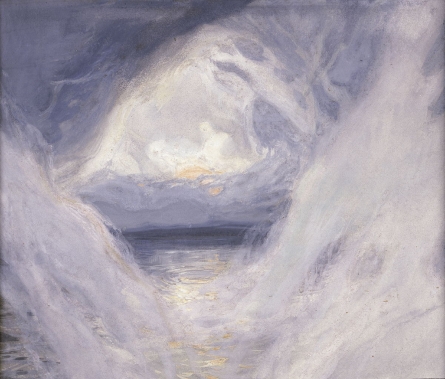
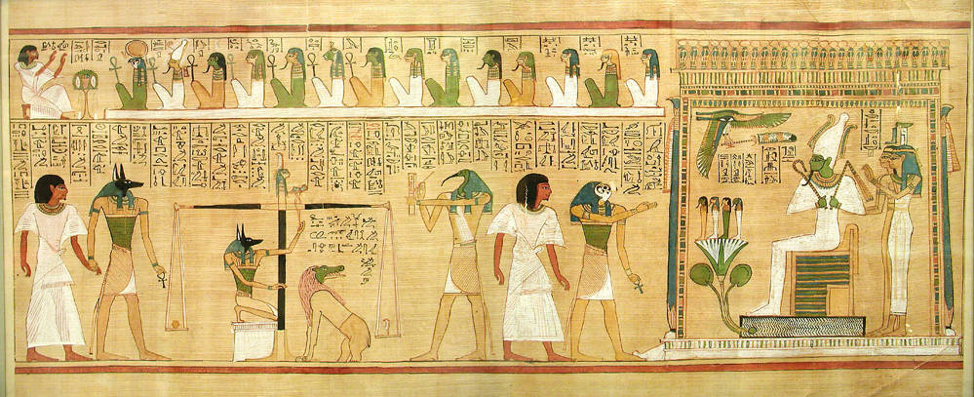
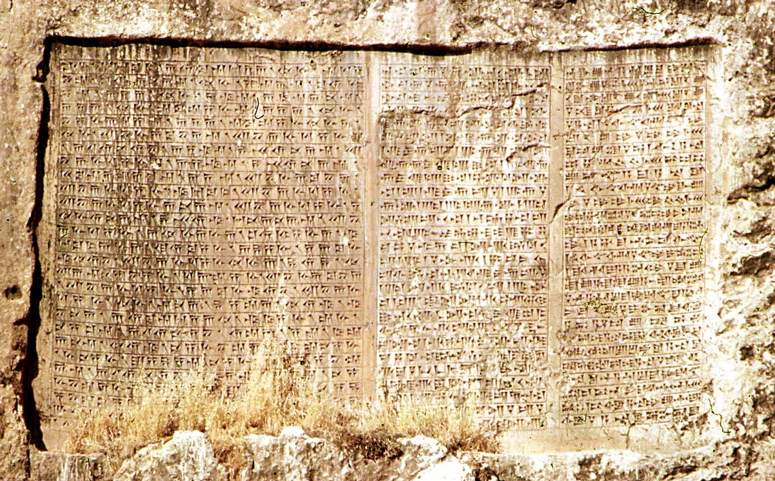

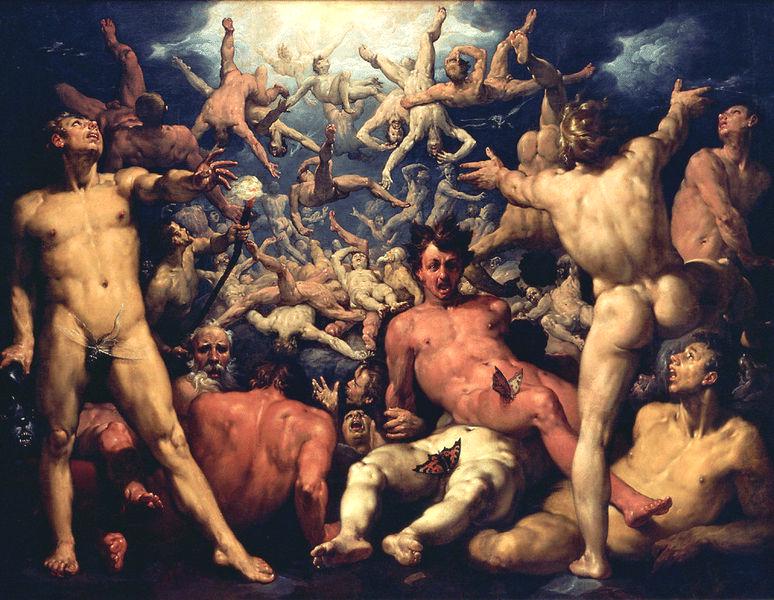
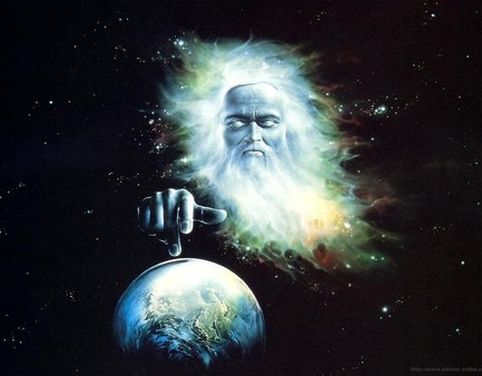


Trackbacks & Pingbacks
[…] had looked at the cosmological traditions of the Ancient Sumer-Babylonian culture, the cosmology of the Ancient Egyptians, the cosmology of the Ancient Greeks, the Indo-Aryan […]
[…] system, albeit it in a less formal and strict form given the democratic form of government. See https://snowconesdiaries.com/2012/07/25/ancient-sumerian-cosmology-order-out-of-chaos/ for a look at Sumer-Babylonian ties between cosmological beliefs and authority and […]
Leave a Reply
Want to join the discussion?Feel free to contribute!